Silicon added to boron carbide makes body armor more impact resistant
Boron carbide is a material commonly used to make bulletproof vests, and silicon is added to boron carbide to make body armor more impact-resistant
Close-up view of boron carbide crystals (Image: Texas A&M College of Engineering)
The study by Texas A&M University researchers has been published in Science Advances.
“For the past 12 years, researchers have been looking for ways to reduce the damage caused by the impact of high-velocity bullets on armor made of boron carbide,” said Kelvin Y. Xie, Ph.D., assistant professor in the Department of Materials Science and Engineering. . “Our work finally addresses this unmet need and is a step toward designing advanced body armor that will defend against more powerful guns in combat.” Ballistic Armor Structure Description
First synthetic auxetic material that can be extended to body armor and sportswear Nanoscale analysis of hair may help make new body armor
Boron carbide is called “black diamond” and its hardness is second only to cubic boron nitride. Unlike cubic boron hydride, boron carbide is said to be easier to mass-produce than other armor materials such as silicon carbide, and is stiffer and lighter, making it ideal for bulletproof vests and other armor items.
According to Texas A&M University, the main disadvantage of boron carbide is that it quickly breaks down when subjected to high-velocity impacts.
“Boron carbide is really good at stopping bullets traveling at 900 meters per second, so it can effectively stop most pistol bullets,” Xie said in a statement. “But if this critical velocity is exceeded, boron carbide suddenly loses its ballistics. performance, becomes less effective.”
bulletproof armor
Scientists know that high-speed vibration causes boron carbide to undergo a phase transition, in which a material changes its internal structure and assumes two or more physical states simultaneously. The impact of the bullet transforms the boron carbide atoms from the systematically ordered crystalline state to the disordered glassy state. This glass-like state weakens the material integrity at the point of contact between the bullet and the boron carbide.
Xie said: “When boron carbide undergoes a phase transition, the glassy state creates a path for crack propagation. Therefore, any local damage caused by the impact of a bullet can easily propagate throughout the material and cause more and more damage. .”
Previous work using computer simulations predicted that adding small amounts of other elements, such as silicon, might make boron carbide less brittle. Xie and his group investigated whether adding small amounts of silicon also reduced the phase transition.
Be the first to review “Silicon added to boron carbide makes body armor more impact resistant” Cancel reply

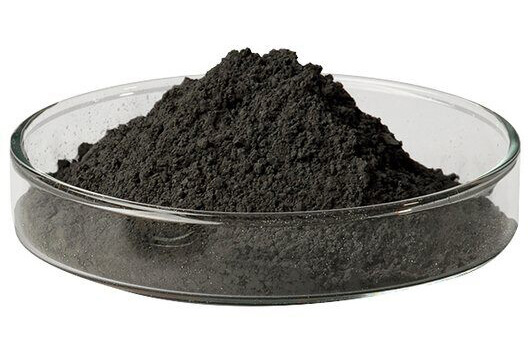

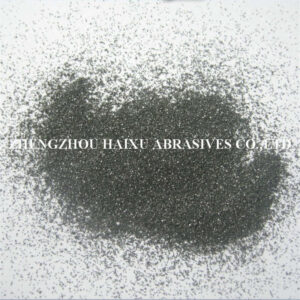
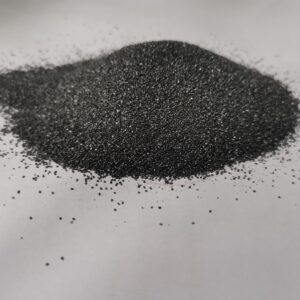
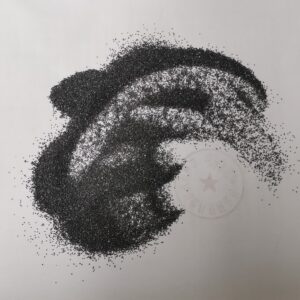
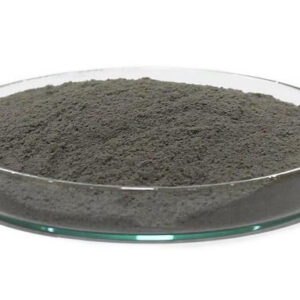
Reviews
There are no reviews yet.